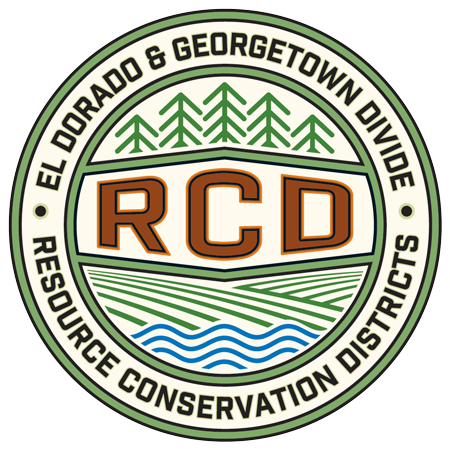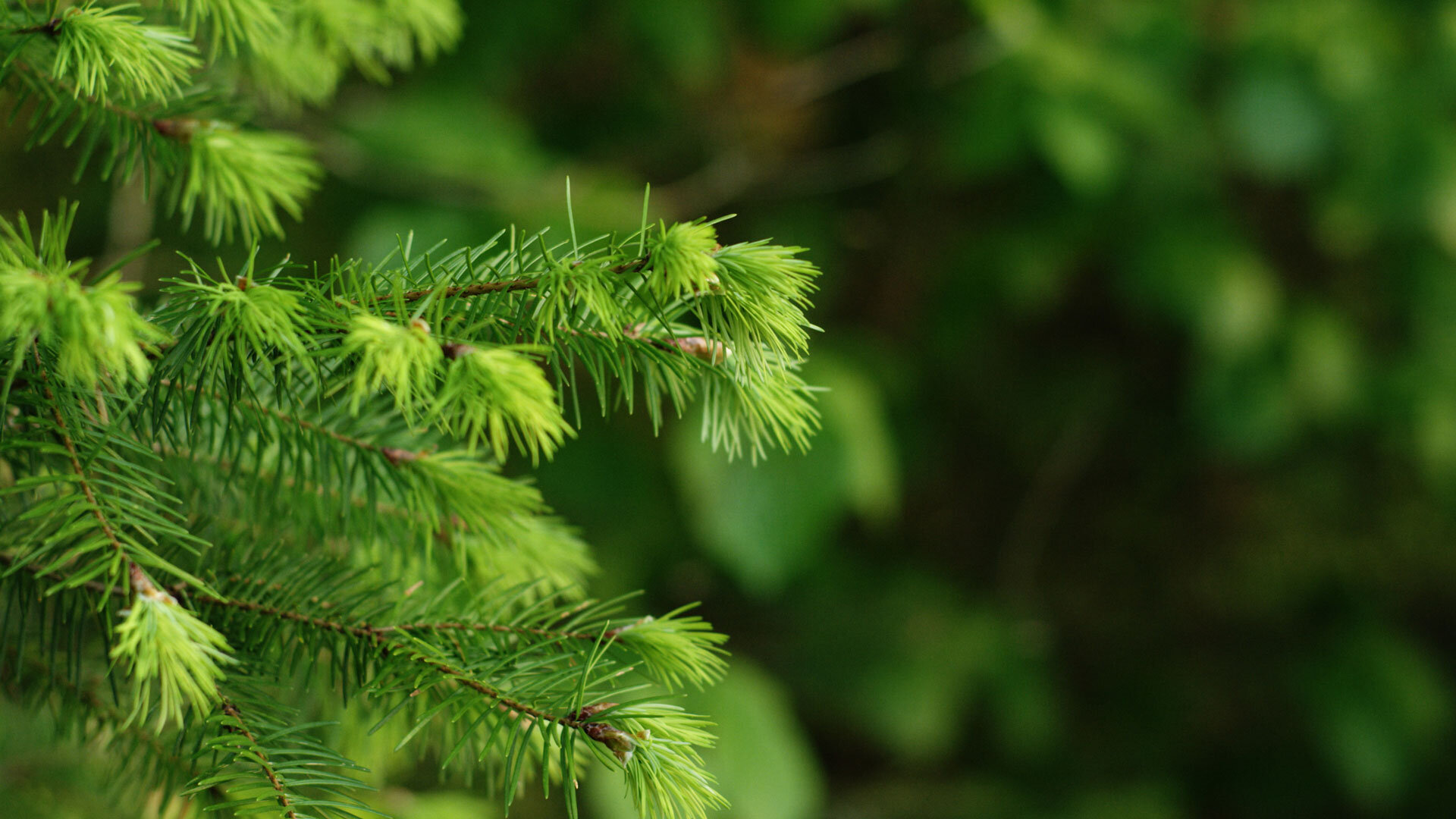The Project is Phase B of the Fire Adapted 50 series of projects identified by the California Department of Forestry and Fire Protection (CAL FIRE), U.S. Forest Service, the El Dorado Resource Conservation District and the Georgetown Divide Resource Conservation District and is consistent with the Fire Adapted Communities component of the National Cohesive Wildland Fire Management Strategy. Fire Adapted 50 was developed to strengthen and expand existing fuel breaks in the Wildland Urban Interface/Intermix (WUI) zone of the SOFAR Watershed and consists of several projects primarily located along the Highway 50 corridor where there have been five large and devastating fires in the last 40 years.
PROJECT AREA
The Project is located near Pollock Pines in central El Dorado County, California at an elevation of approximately 3000 feet MSL.
Slate Mountain USGS 7.5-minute Quadrangles, MDBM. T11N, R12E, Sec. 31, 32.
It is approximately 40 miles east of Sacramento and can be accessed from U.S. Highway 50 via Carson Road to Copperton Road. Land uses within and surrounding the Project area include single-family residential and commercial development and public lands.
PROJECT OBJECTIVES
The overall objectives of this Project are to return forests and uplands to a more managed, fire resistant condition and to ensure that the community’s risk to wildfire has been reduced. This fuel modification treatment strategy has identified the Project as a WUI defense zone where the focus is on protecting life and property. This strategic fuel management project should help to contain wildfires and facilitate long-term stewardship through practices such as continued mechanical and hand treatment and prescribed fire.
Specific objectives include:
Support an all-lands approach to create fire resilient and fire-adapted communities along the Highway 50 corridor,
Use existing fuel breaks and forest treatments to create large, more fire resilient fuel breaks,
Protect communities, infrastructure, and forest resources within the WUI,
Conduct vegetation prescriptions to reduce fire hazard, improve tree growth, and increase forest resiliency;
Conduct vegetation prescriptions to reduce the rate of spread, duration and intensity, and fuel ignition of crowns;
Retain or enhance ecosystem processes compatible with the fuel hazard reduction prescription;
Assess carbon sequestration and greenhouse gas reduction benefits by reducing the likelihood of wildfire emissions, improving the health and growth rates of trees and exploring various biomass utilization opportunities;
Identify measures that may be required to protect watershed values and water quality in watersheds that are important sources of domestic water supply;
Utilize the project as an educational opportunity to increase community awareness associated with living in a WUI;
Retain post-treatment landscape condition under long-term stewardship agreements.
Sierra Springs
The Sierra Springs Unit will focus on creating a fuel break in the Sierra Springs community. Work is currently in the planning phase, with a Request for Proposals (RFP) set to be posted for bids in spring 2021.
Copperton
he Copperton Unit will focus on creating a fuel break of approximately 155 acres in the Copperton neighborhood of Pollock Pines. Work is currently in the planning phase, with site treatment set to begin in spring 2021.
USFS Unit I (Sly Park)
The FA50 Phase I – Sly Park Unit (900 acres) is located near Pollock Pines in central El Dorado County, California.
Questions about this project?





